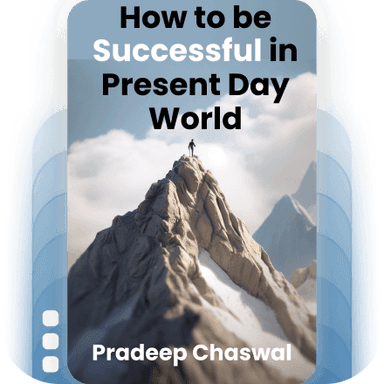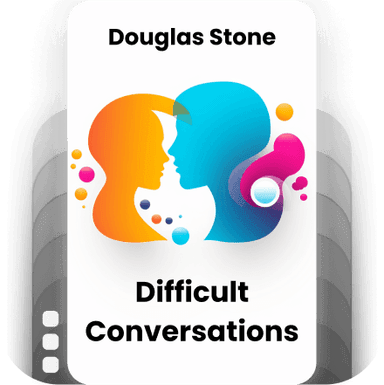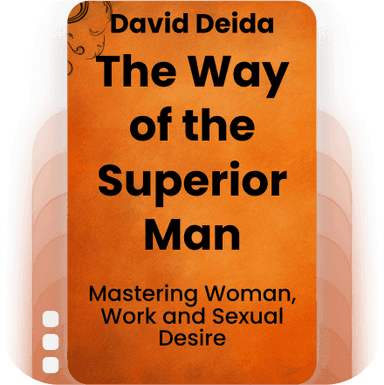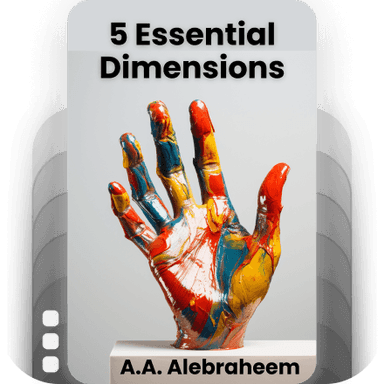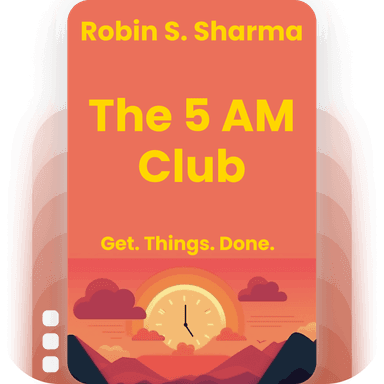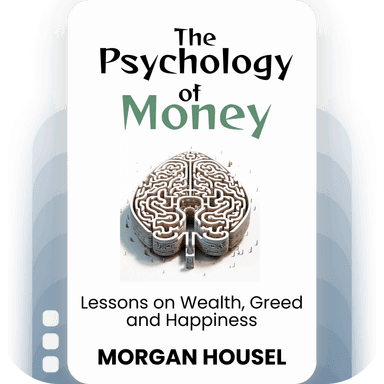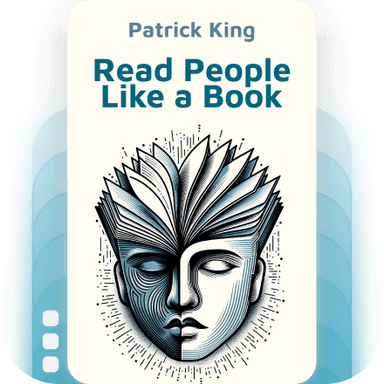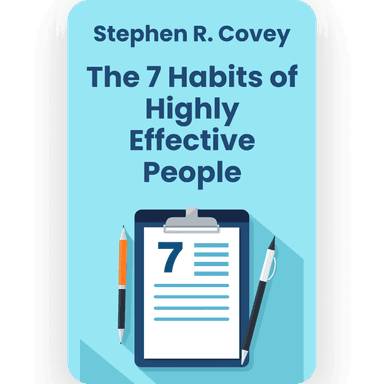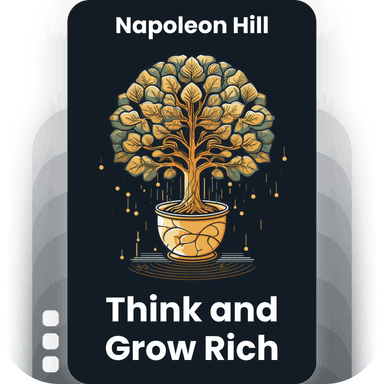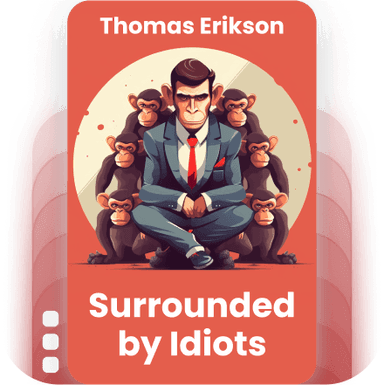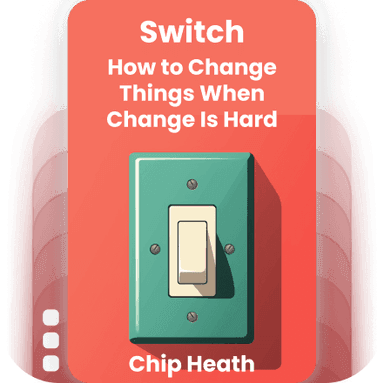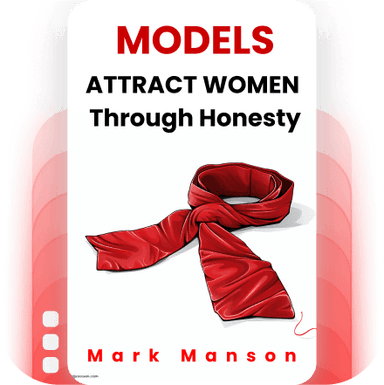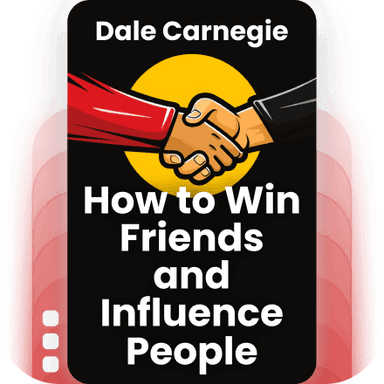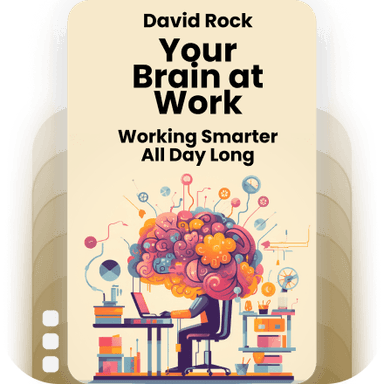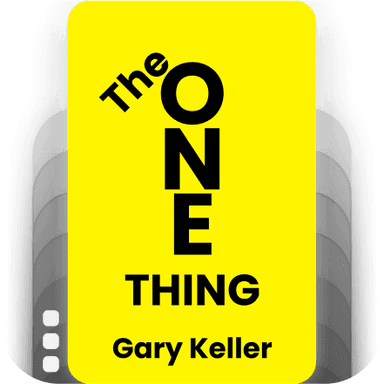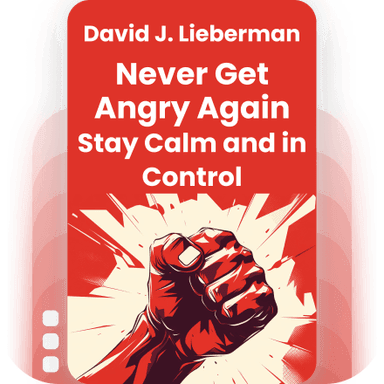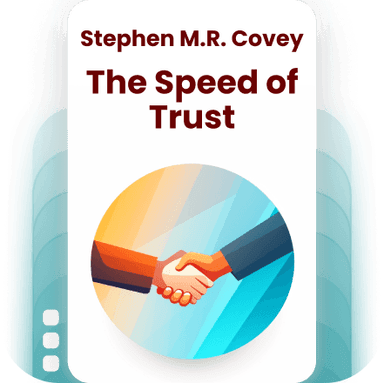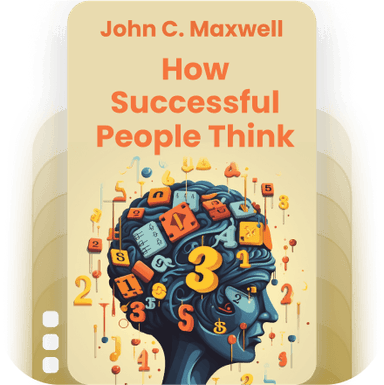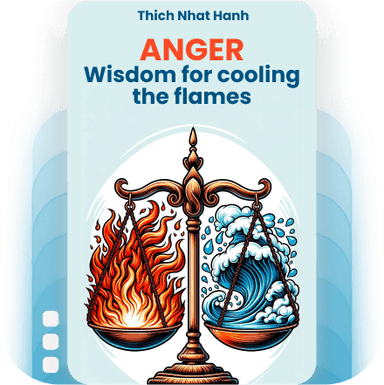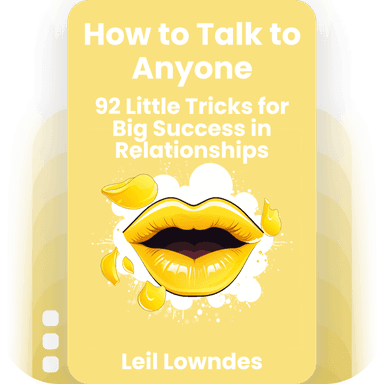
The Lean Product Playbook
Dan Olsen
4.2 - 5 ratings
10
List Points
10
Chapters
5
Topics
Description
Dan Olsen's guide delves into a robust framework for developing successful products by incorporating Lean Startup and Agile methodologies, emphasizing the iterative Build-Measure-Learn cycle. It provides practical advice and actionable techniques for identifying market needs, defining clear product goals, and validating hypotheses through continuous customer feedback. Olsen's approach equips product managers and entrepreneurs with tools to minimize risks and effectively create products that fulfill user needs, ultimately driving business success.
What will you learn?
By reading this book, you will gain a comprehensive understanding of how to create successful products using a practical, step-by-step approach. The author introduces the Lean Product Process, a methodology that combines Lean Startup principles with Product Management best practices. You will learn how to identify customer needs, develop a compelling product vision, create and test prototypes, and iteratively refine your product based on user feedback. This book provides actionable advice and real-world examples to help you minimize risks, efficiently allocate resources, and ultimately develop products that delight your customers and achieve market success.
Who’s it for?
• Product managers
• Entrepreneurs
• Startup founders
• UX designers
• Business strategists
Categories
Key Learning
Available chapters to listen for this topic- 1
Introduction to Lean Product Development
Understanding the principles of Lean and Agile methodologies, focusing on the core concepts of reducing waste and delivering incremental value to customers through continuous feedback and iteration. - 2
Determining Your Target Customer
Utilizing persona development and market segmentation to identify the specific customer profile that your product will serve, ensuring you clearly understand their needs, behaviors, and pain points. - 3
Defining the Problem Space
Engaging in problem interviews and research strategies to accurately capture and validate the fundamental issues your target customers face, which your product aims to address. - 4
Crafting Your Value Proposition
Developing a compelling value proposition by clearly articulating the unique benefits your product offers to solve the identified customer problems better than existing alternatives. - 5
Prioritizing Features and Enhancements
Using prioritization frameworks, such as Weighted Scoring and Kano Model, to systematically decide which features and functionalities should be developed first to deliver the maximum value to users. - 6
Creating a Minimum Viable Product (MVP)
Understanding the importance of starting small with an MVP to test critical assumptions with the least amount of effort, while aiming to gather sufficient feedback to inform future iterations. - 7
Utilizing Lean Analytics for Product Development
Applying key metrics and data analytics to measure the success of your MVP and product features, ensuring data-driven decisions guide product iterations and improvements. - 8
Building a User-Centric Design
Leveraging techniques like wireframing, prototyping, and usability testing to create an intuitive and satisfactory user experience, focused on meeting the needs of your target customer. - 9
Implementing Continuous Learning and Improvement
Emphasizing the role of ongoing customer feedback and agile practices in refining the product, ensuring each iteration is better aligned with user needs and market demands. - 10
Scaling and Sustaining Lean Practices
Strategies for embedding Lean principles into your organization's culture, promoting a sustainable approach to product development that continually adapts to customer feedback and market changes while avoiding bloat and inefficiency.
